
Fluency Solutions
Structure Control and Verbal ClassroomsVerbal Classrooms
Background
In the Summer of 2016 José Domingo Cruz recorded a demonstration of how he teaches his style of fluency oriented classes. The goal was to provide a compressed look into how Cruz runs his classes where students are encouraged to set aside concerns for Language accuracy and instead focus on their fluency. Using a set of methods called “Structure Control” and Verbal Classrooms” as well as a host of other methods, Cruz demonstrates to students how they can learn to exercise the first, most important aspect of their language learning, the skill of speaking.
Each video is accompanied by an explanation and notes on lesson goals and other important points. Soon to be available will be separate versions of the videos that include running commentary with Cruz and other English language instructors as they watch and analyze the class.
Verbal Classrooms
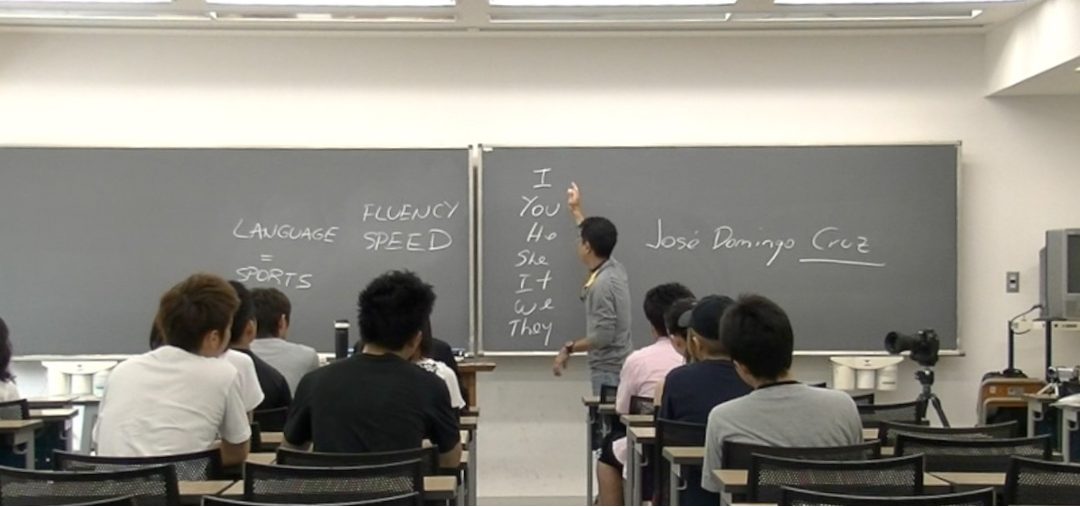
Introduction
Cruz introduces basic concepts to the students, shows them how to switch seats in a Verbal Classroom, and how to target fluency speed using basic conjugation practices.
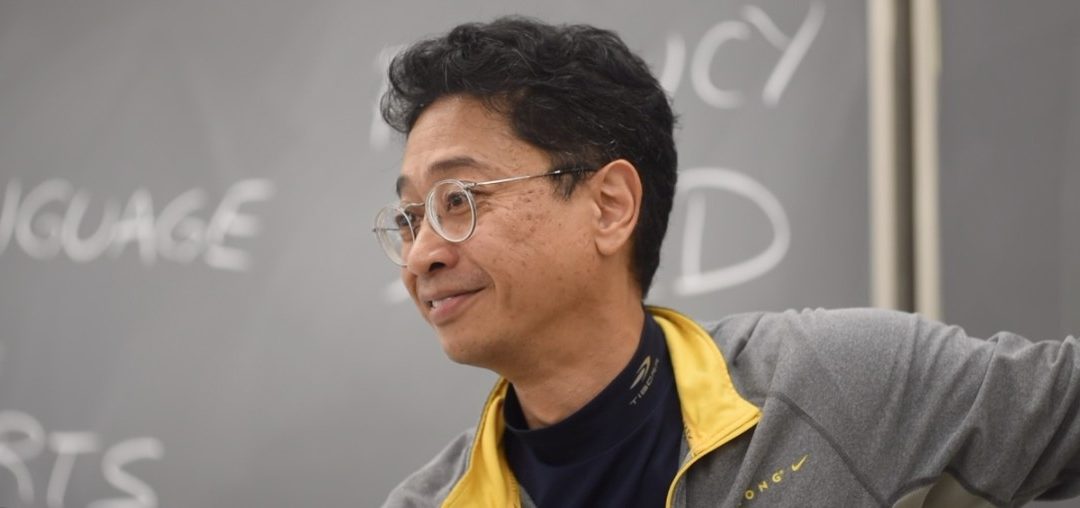
Questions
Cruz continues by showing the other part of the basic conjugation practice that teams the statement with the question form.
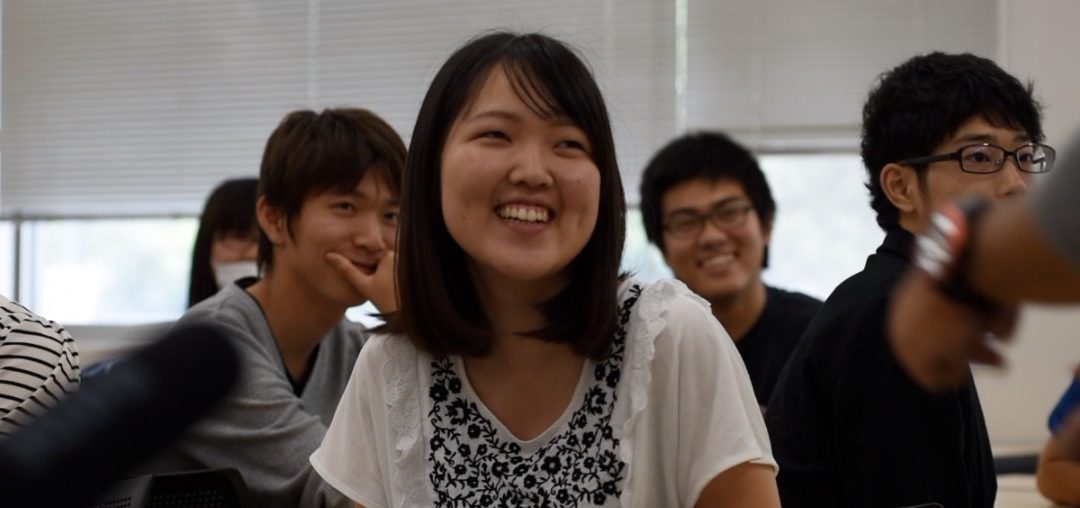
Switches
Next students learn how to to do “Switches” where they practice how to switch the object of the conjugated sentence/question pair without pausing to think quietly. This practice is the key first step of “Structure control”.

MLRs and Pause Words
Cruz shows how to expand on the concept of One Idea, One Breath to extend Mean Length Runs (MLRs), as well as how to practice using pause words such as “um”.

Shadowing, Conjunctions
In the second half of the two-hour class, Cruz shows how to introduce Shadow talking to a class, as well as another MLR stretching exercise using the conjunctions “and” and “but”.
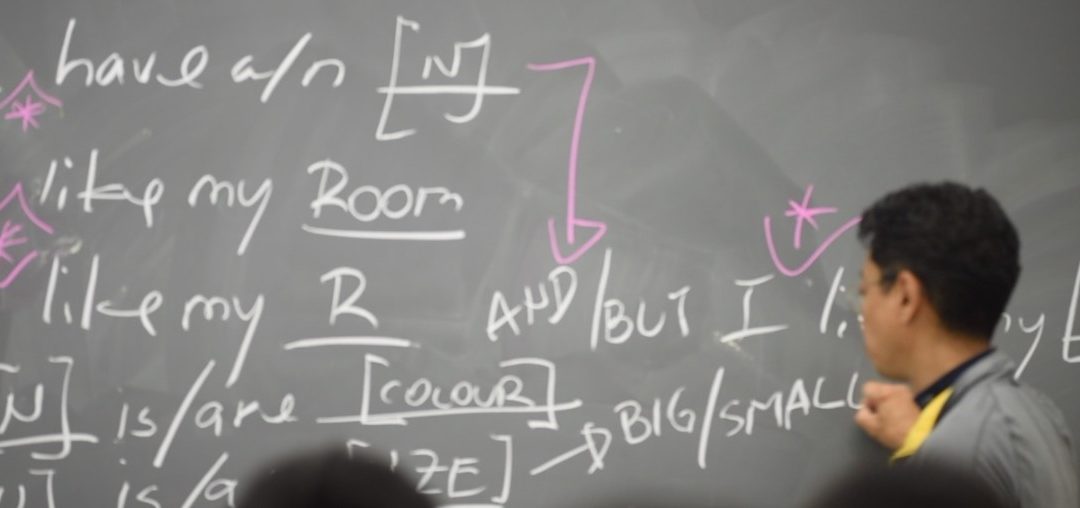
Structure Control
This section shows how Cruz takes basic structures and uses them first in a structured format still targeting speed, and then targets the class to a point where the students can use more of their own ideas to speak with their own English.
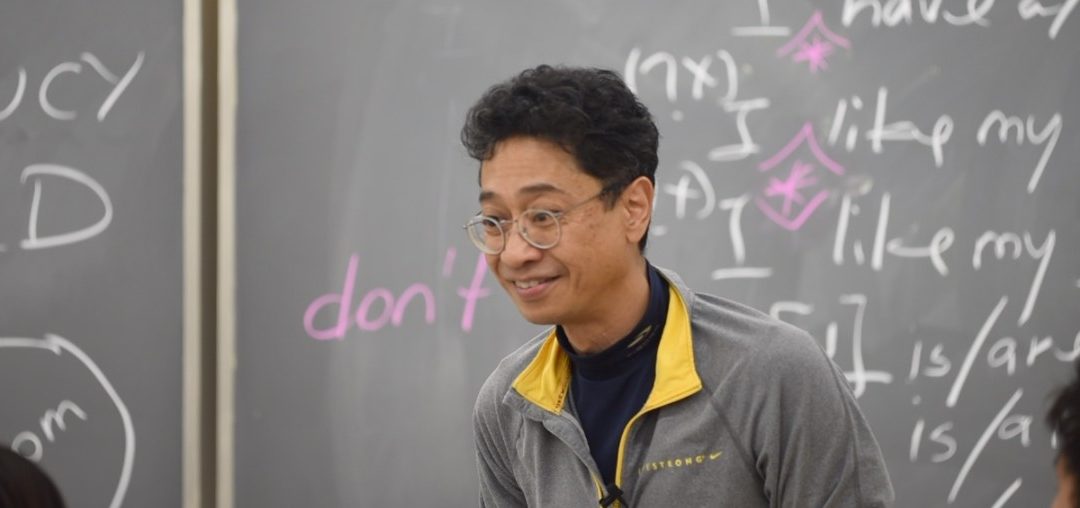
No Questions
In this final video of the class, Cruz begins showing students an important aspect of conversations: learning to speak without asking too many questions.
